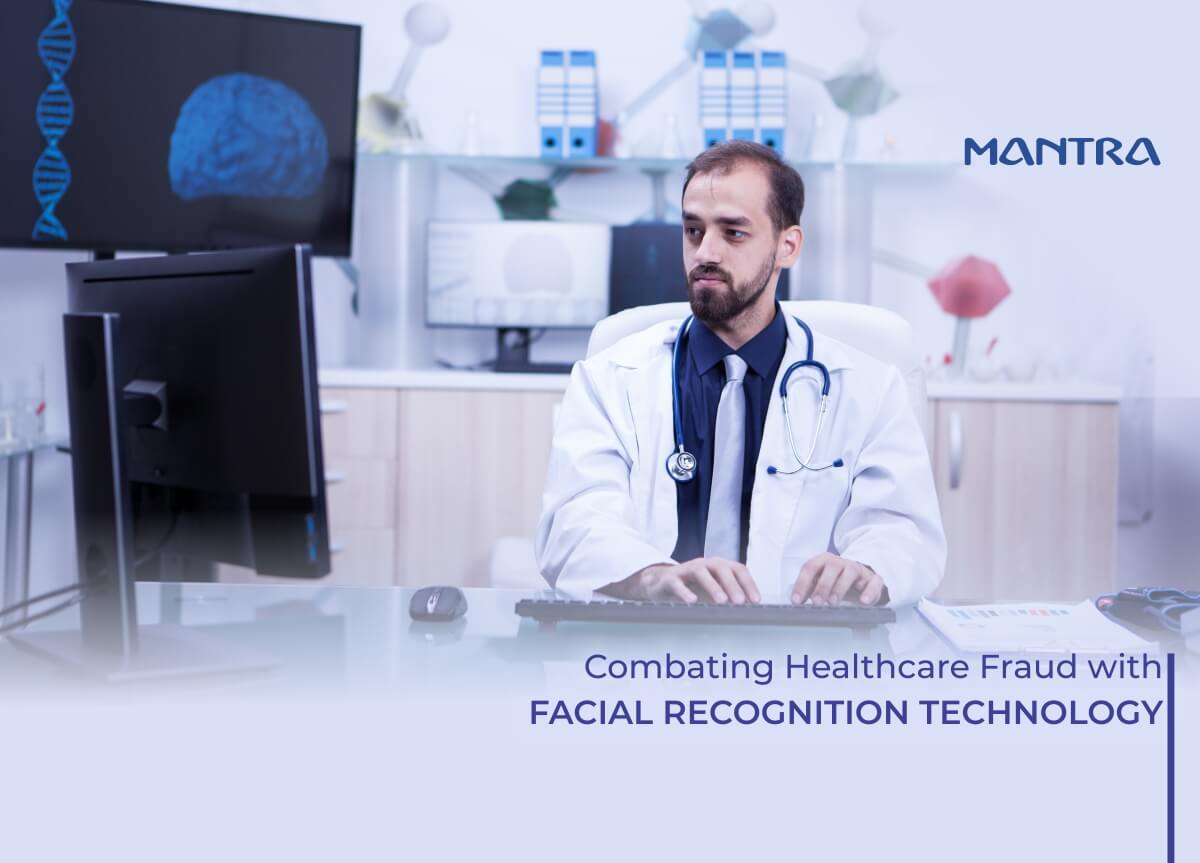
Medical fraud is a common problem affecting the healthcare system throughout the world, leading to direct financial losses amounting to billions of dollars every year to different stakeholders in the sector. The impersonation of a patient’s identity and fraudulent claims bring about inaccurate diagnosis, unwarranted treatments, as well as exaggerated charges that distortion of the general health industry. This is a very crucial area of concern since patient’s identity forms the core of the entire concept of fraudulent practices within the health care industry thus the need to ensure constant and accurate identification solutions.
The Scope of the Problem
Chronic diseases have been estimated to affect lives of approximately one million people in the United States, as established by the following facts :

Health care fraud is a prevalent concern and has downstream implications for patients and other reliance of the health care system. 27,821 medical identity theft cases were filed in the United States in 2022, reported the U.S. Federal Trade Commission. Furthermore, there were 707 reported incidents of healthcare data breaches involving close to 52 million patients. These statistics indicate the extent to which identity theft takes place and affects people who are a victim of identity theft within the medical field.
The financial implications of this problem are also devastating. Current statistics from Allstate suggest that medical identity theft costs a staggering $41 billion every year. Altogether, these insights combined with the impact of fraud on patients’ lives highlight the necessity for protective measures against fraud in the healthcare industry.
Positive Patient Identification:
The Foundation of Fraud Prevention In light of all this, biometric technology presents a potent solution to the problem of healthcare fraud. As a result, a reliance on personal characteristics matching, biometric authentication and identification offer the highest level of identity assurance. When it comes to biometric modalities, facial recognition is considered as one on the best and most secure methods of identification of patients.

Facial identification in phase-level has close to perfect accuracy and enables original patient identification which minimizes the facets of identity theft. By having wrongfully matched patients, one can receive the wrong treatment…With wrongfully keyed patients, there are possibilities of fraud.Thus, integration of biometric data with patient information can help to prevent identity theft and also reduce instances of fraudulent cases in regard to patient records.
Furthermore, facial recognition technology can be applied to associate a patient’s biometrics with their prescriptions, ensuring that no one else has access to them. This is particularly helpful in the fight against the increasing problem of prescription drug addiction. Facial recognition allows for the identification of the rightful user and grants access to their prescription only, minimizing the cases of misuse and conformance.
Combating Insurance Fraud with Facial Recognition
Another challenge that leads to high costs to both providers and patients is insurance fraud. This is a form of fraud where an impostor takes the identity of a genuine patient in order to access medical services. Facial recognition can be useful in healthcare and insurance to authenticate patients every time they arrive for a service; during registration, treatment, or when receiving a bill. This helps to make sure that the person that is receiving care is the one that is covered under the insurance policy, thus eliminating cases of fraudulent claims.
In addition, facial recognition enhances the efficiency of claims processing through the fast identification of patients, thus guaranteeing that all claims correspond with the right patients. This minimizes instances of fake claims being passed through and also boosts the efficiency of authentic claims. If properly applied facial recognition technology should enhance the credibility of insurance and in turn the costs of overall healthcare in an economy.
Some of the areas of interest which should be addressed when choosing facial recognition technology for the health sector include :
Being such, healthcare providers need to ensure that they find facial recognition systems that will aptly suit the health care industry so as to fight medical and insurance fraud. Here are several features to consider:Here are several features to consider:
Reliability Across Various Conditions: The chosen solution must be to identify objects effectively and this it must be able to perform under different environmental conditions for example, different lighting and angles.
Anti-Spoofing Capabilities: This kind of facial recognition techniques should be able to identify such higher-level spoofing attempts such as using photos or a video.
Edge Technology: Implementing systems where biometric processing and liveness detection are on the device, instead of in the cloud, will help improve performance, security, and speed.
Privacy-First Approach: The issue of privacy is very sensitive especially in the health sector. The chosen solution should be GDPR compliant and should be developed with privacy in mind for the user’s sensitive data such as the patient details.
Ease of Integration: Last but not the least, the biometric authentication and verification system should not be complex in terms of installation and should not hamper the existing health care infrastructure in any manner so that a comfortable neat tidy healthy interface dominates the patient doctor relationship.
Conclusion
Healthcare fraud continues to be a major challenge, but facial recognition technology offers a powerful tool to address the root cause: Of these, the most critical are identity verification. Component of patients’ identity can therefore be affirmed through facial recognition that affords the healthcare industry and the patients themselves a way in combating medical and insurance fraudsters. Thus when choosing a solution, the healthcare organizations should consider the factors of reliability, security and privacy of data provided, and compatibility to ensure that health care organizations are capable of combating fraud but at the same time offering a sound quality of health care services.
Comments